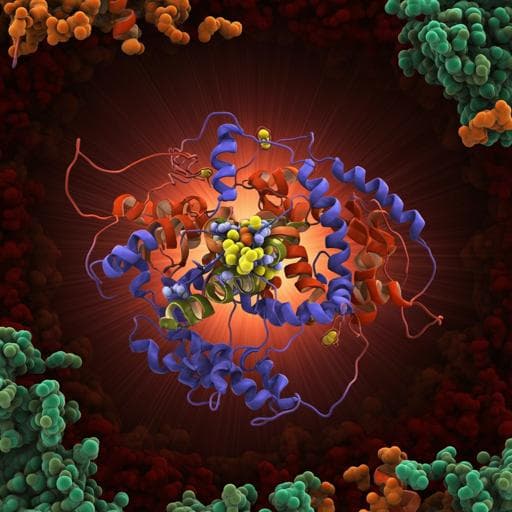
Biology
Key role of quinone in the mechanism of respiratory complex I
J. Gutiérrez-fernández, K. Kaszuba, et al.
Discover groundbreaking insights into respiratory complex I in this fascinating study by Javier Gutiérrez-Fernández and colleagues. The research reveals how quinone binding, rather than NADH, triggers significant structural changes that are crucial for understanding the energy coupling mechanism in this vital complex.
~3 min • Beginner • English
Related Publications
Explore these studies to deepen your understanding of the subject.







